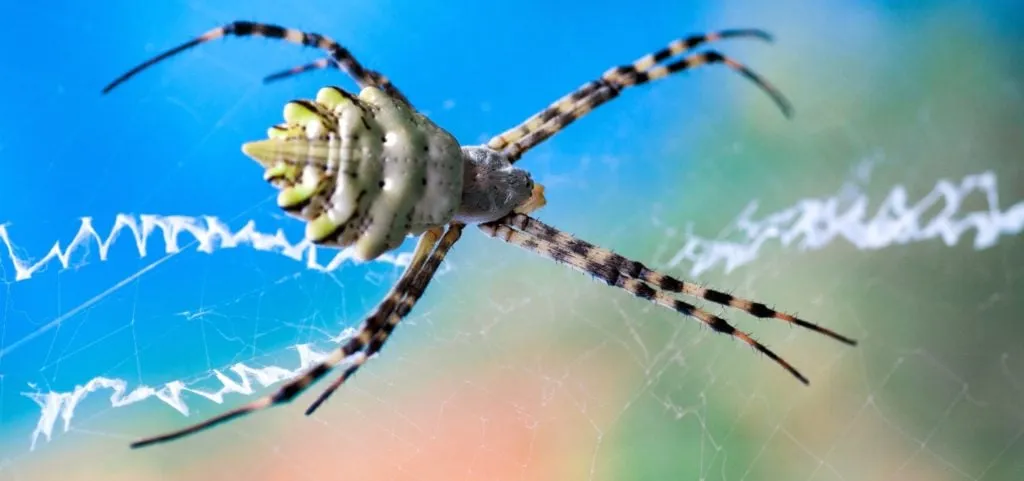Why Buy a Tarantula in South Africa?
Owning a tarantula in South Africa can be a rewarding experience for those fascinated by these incredible arachnids. They offer a unique pet ownership experience, differing greatly from more conventional choices like dogs or cats. Tarantulas are relatively low-maintenance, requiring less direct interaction and attention, which can be appealing to individuals with busy lifestyles. Their care involves specific environmental setups and feeding routines, providing a captivating hobby for enthusiasts. In South Africa, where exotic pets have a growing presence, the interest in tarantulas is increasing, driven by their unique appearance, intriguing behaviors, and the satisfaction of observing these fascinating creatures up close. The choice to own a tarantula often stems from a deep appreciation for the natural world and a desire to learn about and care for unusual species.
Benefits of Owning a Tarantula
There are several benefits to owning a tarantula that often draw people to these fascinating creatures. One of the main advantages is their low-maintenance nature compared to many other pets. Tarantulas do not require daily walks, grooming, or extensive training. This makes them suitable for people with busy schedules or those who prefer a less demanding pet. They also offer a unique opportunity for observing and appreciating the natural world. Their behaviors and life cycles are intriguing to watch, and owning a tarantula can be an educational experience, especially for children interested in biology and arachnids. Furthermore, tarantulas have a long lifespan, often living for several years, which can provide a lasting companionship. Their quiet demeanor and the relatively small space they occupy are also appealing factors for apartment dwellers or those with limited living space. Owning a tarantula can be a unique and enriching experience, promoting a deeper appreciation for the diversity of life on Earth.
Choosing the Right Tarantula Species
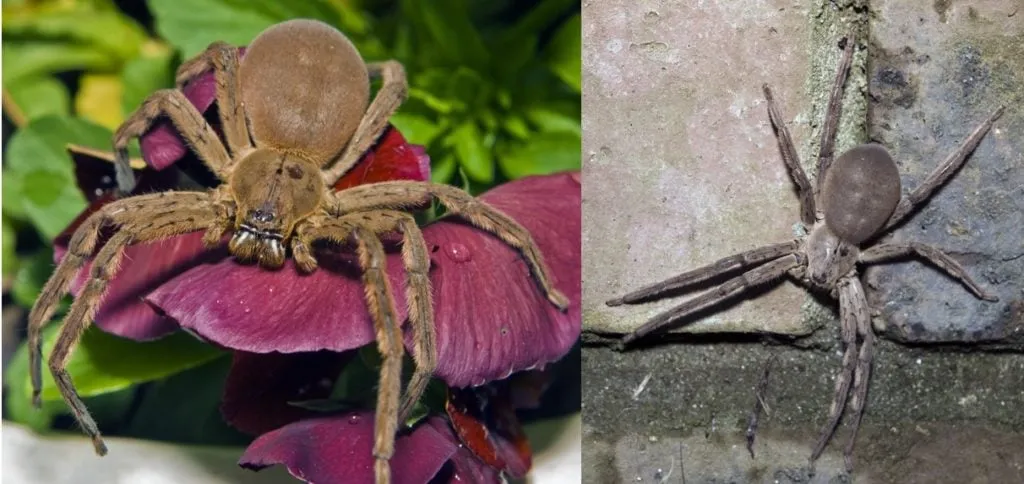
Choosing the right tarantula species is a crucial step for any prospective owner in South Africa. There are numerous species available, each with its distinct characteristics. Some tarantulas are more docile and easier to handle, making them ideal for beginners. Others may be more aggressive and better suited for experienced keepers. Researching the temperament, size, and specific care requirements of each species is essential. Consider the humidity, temperature, and enclosure setup needed to replicate their natural habitat. Some popular beginner-friendly species include the Chilean rose hair tarantula (Grammostola rosea) due to its calm demeanor and relatively simple care requirements. The Mexican red knee tarantula (Brachypelma hamorii) is another favorite for its striking coloration and gentle disposition. Understanding the species’ lifespan is also important, as some can live for over 20 years. This initial research ensures that you choose a tarantula that aligns with your lifestyle, experience level, and ability to provide appropriate care.
Considerations Before Buying
Before buying a tarantula in South Africa, several important considerations should be addressed. Firstly, thoroughly research the specific species you are interested in. Understand their care requirements, including their preferred temperature, humidity levels, and dietary needs. This will help ensure you can provide a suitable environment for your new pet. Evaluate your living space and determine if you can dedicate the necessary space for a proper enclosure. Tarantulas need appropriately sized habitats to thrive. Consider your financial resources, as owning a tarantula involves the cost of the tarantula itself, the enclosure, substrate, feeding insects, and any necessary heating or lighting equipment. In addition, think about your comfort level with handling insects and dealing with the potential for escaped tarantulas. Finally, familiarize yourself with the legal regulations in South Africa regarding owning exotic pets. Ensure you are compliant with any permits or restrictions that may apply.
Size and Temperament
Size and temperament are two critical factors to consider when choosing a tarantula. Tarantulas vary greatly in size, with some species being quite small, while others can reach impressive sizes, with leg spans exceeding 10 inches. The size of the tarantula will influence the size of the enclosure needed, which should be large enough to allow the tarantula to move freely and provide ample space for burrowing or hiding. Temperament is equally important. Some species are known for being docile and are relatively easy to handle, while others are more skittish or aggressive. Beginners should typically opt for tarantulas known for their calm temperaments. Research the species’ reputation and read reviews from experienced keepers to understand their typical behavior. Even with docile species, it’s important to handle tarantulas with care and respect, as they can bite or flick urticating hairs as a defense mechanism. Understanding the size and temperament of a tarantula is essential for ensuring both the well-being of the spider and the safety of the owner.
Color and Appearance
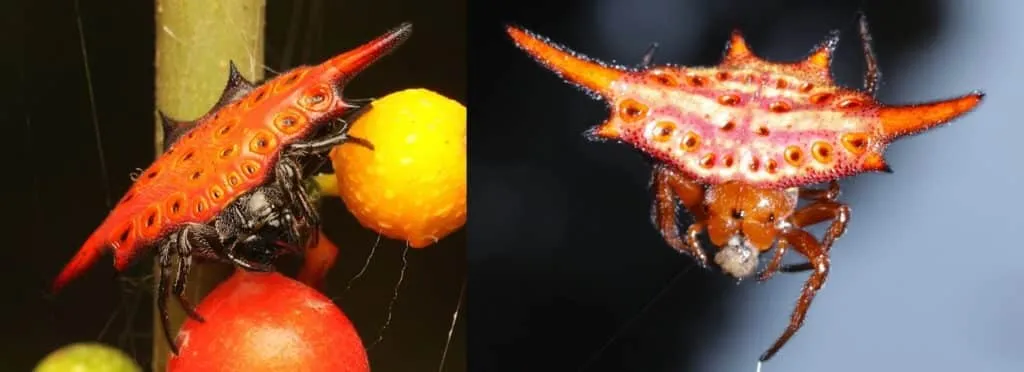
The diverse colors and appearances of tarantulas are a significant part of their appeal. From the vibrant hues of the Mexican red knee to the subtle earth tones of the Chilean rose, the variations are stunning. Coloration can be a key factor in selecting a tarantula, as it significantly affects its aesthetic appeal. When choosing, consider what colors and patterns appeal most to you. Keep in mind that colors can sometimes vary slightly based on the tarantula’s age, molting cycle, and environmental conditions. For example, a tarantula’s colors may become more vivid after a molt. Research the specific color variations for the species you are considering. This will help you understand the range of appearances you can expect. The visual beauty of these spiders is a large part of the joy of keeping them as pets, and choosing a visually appealing species enhances the overall experience. Observing their intricate patterns and vibrant colors is a captivating aspect of tarantula ownership, making them both fascinating and beautiful pets.
Where to Buy Tarantulas in SA
Finding the right place to buy a tarantula in South Africa is a critical part of the process. There are several options available, each with its advantages and disadvantages. Local pet shops often carry a selection of tarantulas, providing the convenience of seeing the spider in person and discussing care requirements with staff. However, the selection may be limited, and the staff’s expertise may vary. Online retailers and specialized reptile and arachnid breeders offer a wider selection and sometimes more competitive prices. Research and read reviews to ensure the seller is reputable and provides healthy specimens. Consider attending reptile shows or expos, where you can meet breeders directly, inspect tarantulas, and get expert advice. These events are great opportunities to connect with experienced keepers and make informed decisions. When choosing a seller, prioritize those who can provide information on the spider’s origin, age, and care history. This helps ensure you acquire a healthy and well-cared-for tarantula, setting you up for a successful ownership experience.
Reputable Breeders and Pet Shops
Choosing reputable breeders and pet shops is paramount when purchasing a tarantula in South Africa. A reputable breeder is knowledgeable, passionate, and prioritizes the health and well-being of their spiders. They should be able to provide detailed information about the tarantula’s origin, species, age, and any specific care needs. Look for breeders who have a good reputation in the online community and who are transparent about their practices. Similarly, reputable pet shops specializing in exotic pets should have knowledgeable staff who can offer accurate care advice and ensure the tarantulas are kept in healthy conditions. Check the shop’s cleanliness and the general health of the animals on display. Avoid purchasing from shops that appear unkempt or where tarantulas seem neglected. Before making a purchase, ask about the tarantula’s feeding history, how long it has been in the shop, and any health concerns. Reputable sources are essential for obtaining a healthy tarantula and for receiving the support and advice needed to care for it properly.
What to Look for When Purchasing
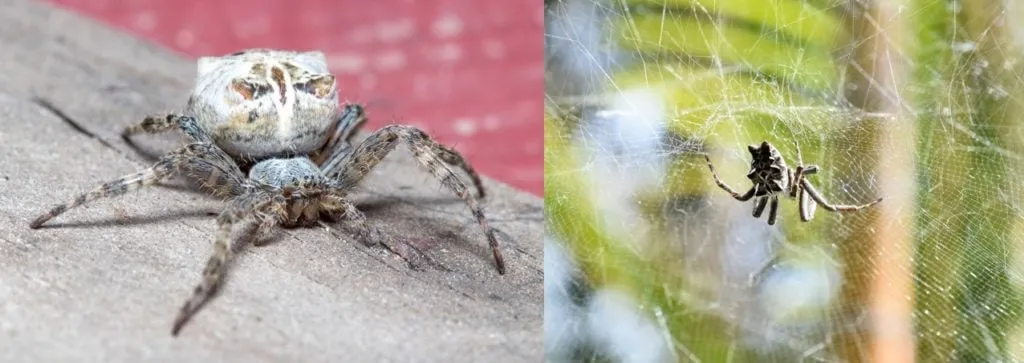
When purchasing a tarantula in South Africa, there are several key things to look for to ensure you get a healthy specimen. First and foremost, the tarantula should appear active and alert. A sluggish or unresponsive tarantula could be a sign of illness or stress. Examine the tarantula’s body for any visible injuries, such as missing limbs, damaged fangs, or abnormalities. Check its abdomen (the opisthosoma) for any signs of bloating, which could indicate a health problem. The tarantula’s legs should be intact and move smoothly. Look for a clean, well-maintained enclosure, as this indicates the seller’s commitment to proper care. Ask the seller about the tarantula’s feeding history and when it last molted. If possible, observe the tarantula feeding. Ensure that the seller can provide information about the species, its origin, and its specific care requirements. Buying from a reputable source and conducting a thorough visual inspection greatly increases your chances of bringing home a healthy and thriving tarantula.
Healthy Tarantula Checklist
A healthy tarantula checklist helps ensure that you choose a specimen that will thrive in its new home. Begin by observing the tarantula’s behavior. A healthy tarantula will be active and alert, not lethargic or unresponsive. Examine the spider’s body for any visible signs of injury, such as missing limbs or damaged fangs. The abdomen should be a normal size and shape, without any signs of bloating or dehydration (shriveling). Check the tarantula’s legs, ensuring they are all present and move smoothly. Inspect the enclosure for cleanliness and appropriate environmental conditions, such as correct humidity and temperature levels. Inquire about the tarantula’s feeding history and whether it has recently molted. The seller should be knowledgeable about the specific care needs of the species. A healthy tarantula will have a clean appearance and show no signs of parasites or illness. Verify that the seller can provide information about the spider’s origin and any past health issues. Using this checklist will increase your chances of acquiring a healthy and thriving tarantula in South Africa.
Setting Up Your Tarantula’s Enclosure
Setting up a proper enclosure is crucial for your tarantula’s health and well-being. The ideal enclosure should mimic the tarantula’s natural habitat as closely as possible. The size of the enclosure depends on the tarantula’s species and size. Generally, the enclosure should be large enough for the tarantula to move around comfortably, with enough space for hiding and burrowing. A secure lid is essential to prevent escapes. The enclosure’s substrate, which is the bedding material, should be appropriate for the species. Common substrates include peat moss, coconut fiber, and vermiculite, all of which help maintain humidity levels. Provide a water dish that is shallow enough to prevent drowning, ensuring the tarantula always has access to fresh water. Include a hide, such as a piece of cork bark or a half-log, where the tarantula can retreat and feel secure. Depending on the species, consider the need for heating and lighting. Research the specific environmental requirements for your tarantula’s species, and adjust the enclosure setup accordingly to provide a comfortable and safe habitat.
Essential Equipment
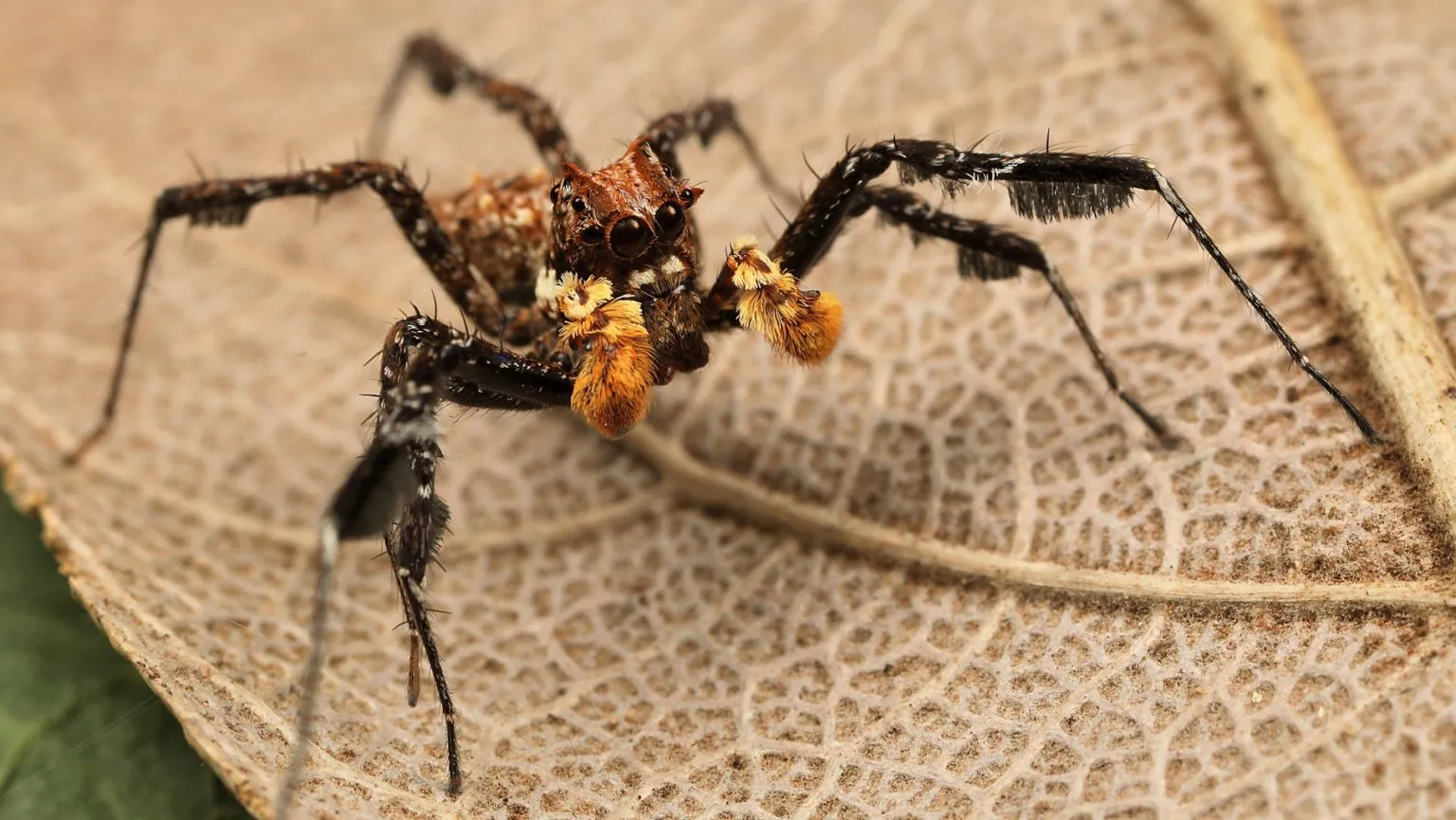
Essential equipment for a tarantula enclosure includes several items necessary for maintaining the spider’s health and well-being. First, you’ll need an appropriately sized enclosure made of glass or clear plastic. A secure lid is non-negotiable to prevent escapes. The substrate, which is the bedding material, is crucial for maintaining humidity and providing a place for the tarantula to burrow. Common substrate options include coconut fiber, peat moss, and vermiculite. A shallow water dish is necessary to provide a constant source of fresh water. Depending on the species and the climate in South Africa, you might need a heat source, such as a heat mat or a ceramic heat emitter, to maintain the correct temperature. A thermometer and hygrometer are essential for monitoring the temperature and humidity levels inside the enclosure. Consider providing a hide, such as a piece of cork bark or a half-log, to give the tarantula a secure place to retreat. Additional items like feeding tongs and a spray bottle (for misting) can also be useful.
Substrate and Habitat
The substrate and habitat play a vital role in creating a suitable environment for your tarantula. The substrate is the bedding material at the bottom of the enclosure and serves several purposes. It helps maintain the correct humidity levels, provides a surface for the tarantula to walk on, and allows burrowing species to create tunnels. Popular substrate choices include coconut fiber, peat moss, and vermiculite, each with its own advantages. The choice of substrate often depends on the tarantula species’ specific needs, with tropical species requiring higher humidity levels. The habitat itself should mimic the tarantula’s natural environment as closely as possible. This includes providing a hide, such as a piece of cork bark or a half-log, where the tarantula can retreat and feel secure. Include a shallow water dish with fresh water at all times. Depending on the species, you might need to add live plants, branches, or other decorations to create a more naturalistic environment. Regularly monitor the enclosure’s conditions to ensure optimal health.
Feeding and Care Guide
A proper feeding and care guide is essential for maintaining a healthy tarantula. The diet primarily consists of insects, and the type of insect depends on the tarantula’s size and species. Crickets, mealworms, roaches, and even pre-killed pinkie mice (for larger species) can be appropriate food sources. Avoid feeding wild-caught insects, as they may carry parasites or pesticides. Feed young tarantulas more frequently, typically every few days, while adults can be fed less often, perhaps once a week or every other week. Overfeeding can lead to health issues, so it’s important to adjust the feeding schedule based on the tarantula’s size and appetite. Ensure the tarantula has access to fresh, clean water at all times. Regularly clean the enclosure to remove uneaten food and waste, preventing mold and other health problems. Monitor the tarantula for any signs of illness or distress, such as loss of appetite, lethargy, or unusual behavior. Learning the feeding and care requirements specific to your tarantula species will maximize its chances of thriving in its captive environment.
Types of Food
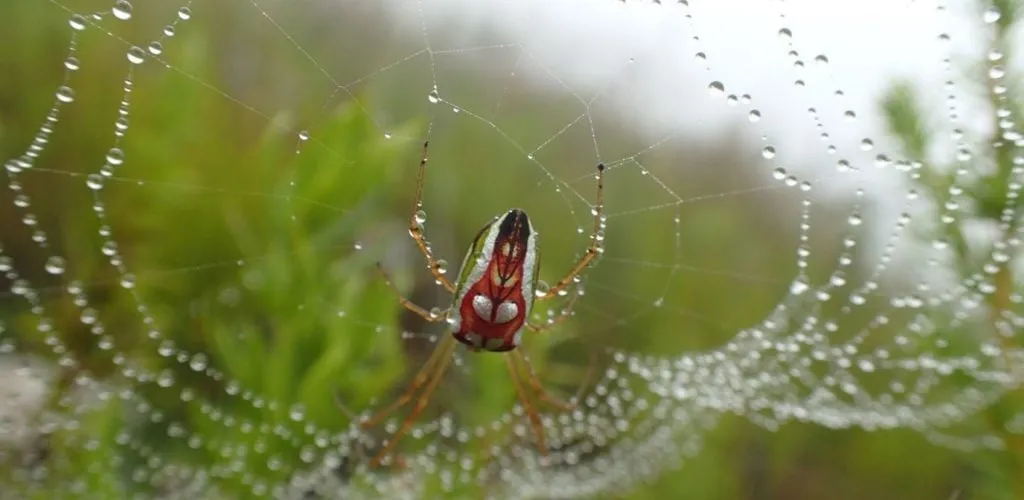
The types of food you provide to your tarantula will have a significant impact on its health and well-being. The primary diet for tarantulas consists of insects, which should be chosen based on the tarantula’s size, species, and the availability of different insects in South Africa. Crickets are a common staple, easily found in pet stores, and offer a good source of protein. Mealworms are also a popular choice, though they may be less nutritious than crickets. Roaches, particularly Dubia roaches, provide a more balanced diet and are often preferred. For larger tarantula species, pre-killed pinkie mice can supplement the diet, offering higher protein and fat content. It is important to avoid feeding wild-caught insects, as they may contain parasites or pesticides that can harm your tarantula. Ensure the insects are gut-loaded (fed nutritious food before being fed to the tarantula) to provide your spider with the maximum nutritional value. Varying the diet with different insects and maintaining a regular feeding schedule will promote a healthy tarantula.
Feeding Frequency
The feeding frequency for a tarantula depends on several factors, including its age, size, and species. Young tarantulas, or spiderlings, require more frequent feedings, typically every few days, to support their rapid growth. As they mature, the feeding frequency can be reduced. Adult tarantulas usually need to be fed once a week or every other week, depending on their appetite and the species. Overfeeding can lead to health problems, so it’s essential to monitor the tarantula’s condition and adjust the feeding schedule as needed. A tarantula that consistently refuses food or appears to have a swollen abdomen might be overfed or experiencing health issues. During molting, tarantulas will typically stop eating completely. Do not attempt to feed them during this period. The size of the prey should also be appropriate for the tarantula’s size. The insect should be no larger than the tarantula’s body length. By observing your tarantula’s eating habits and adjusting the feeding frequency accordingly, you can ensure that it receives the proper nutrition for optimal health.
Handling and Safety Tips
Handling a tarantula should be done with caution and respect, as these spiders can be delicate and may bite or flick urticating hairs as a defense mechanism. Before attempting to handle a tarantula, thoroughly research its species to understand its temperament. Some species are more docile and less likely to bite than others. Always approach the tarantula calmly and avoid sudden movements. It is generally recommended to handle tarantulas close to the ground, in case they fall. Never force a tarantula to be handled; if it shows signs of stress or aggression, such as raising its front legs or flexing its fangs, do not attempt to handle it. Be aware of the urticating hairs. Many tarantula species can flick these tiny hairs off their abdomen as a defense, which can cause skin irritation and respiratory problems if inhaled. Wash your hands thoroughly after handling your tarantula or anything that has been in contact with it. Minimize handling whenever possible, as it can cause stress for the tarantula, especially during molting periods.
Common Mistakes to Avoid
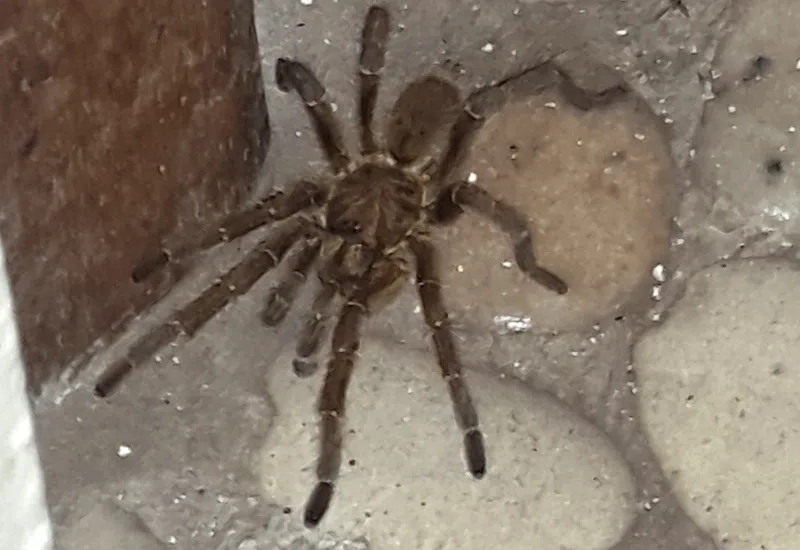
When keeping tarantulas in South Africa, there are several common mistakes that owners should strive to avoid. One of the most critical is improper enclosure setup. This includes using an enclosure that is too small, not providing adequate ventilation, or failing to maintain appropriate temperature and humidity levels. Incorrect substrate selection is also a common pitfall, which can affect the tarantula’s ability to burrow and can compromise humidity levels. Overfeeding is another mistake; overfed tarantulas can develop health problems, such as obesity and premature molting. Handling the tarantula too frequently or roughly can stress the spider and potentially lead to injury. It’s essential to handle them carefully and only when necessary. A lack of research is another error, failing to learn the species-specific care requirements before acquiring a tarantula can lead to improper care and a shortened lifespan. Failing to provide fresh water and neglecting enclosure cleaning are additional mistakes that can affect the spider’s health and well-being.
Potential Health Issues and Prevention
Understanding potential health issues and implementing preventative measures is crucial for ensuring your tarantula’s well-being. Several health problems can affect tarantulas, including dehydration, fungal infections, and injuries. Dehydration can be prevented by providing a constant supply of fresh water and maintaining the appropriate humidity levels for the species. Fungal infections, often caused by excessive humidity or poor ventilation, can be avoided by keeping the enclosure clean and ensuring proper airflow. Injuries can occur from falls, bites, or rough handling. Careful handling and a properly set up enclosure minimize these risks. Regular observation is key to detecting health issues early. Look for signs of illness, such as loss of appetite, lethargy, or unusual behavior. Monitor the tarantula’s molting process, as problems during molting can be fatal. Quarantine new tarantulas to prevent the spread of any potential illnesses. If you notice any concerning symptoms, consult a veterinarian with experience in treating exotic animals.
Conclusion
Owning a tarantula in South Africa can be a unique and rewarding experience, offering a fascinating insight into the world of arachnids. Buying a tarantula is a significant decision. Thorough research on species, habitat, and care requirements is essential. Selecting a reputable breeder or pet shop ensures that you are obtaining a healthy spider, setting the foundation for successful ownership. A well-prepared enclosure, along with proper feeding and handling practices, contributes to the tarantula’s longevity and well-being. By avoiding common pitfalls and understanding potential health issues, owners can create an environment where their tarantula can thrive. With patience, dedication, and a passion for learning, you can enjoy the unique companionship and the intriguing behaviors of these remarkable creatures. This guide provides the necessary information for you to buy a tarantula in South Africa safely and responsibly, setting you up for a rewarding journey into the world of tarantula ownership.
